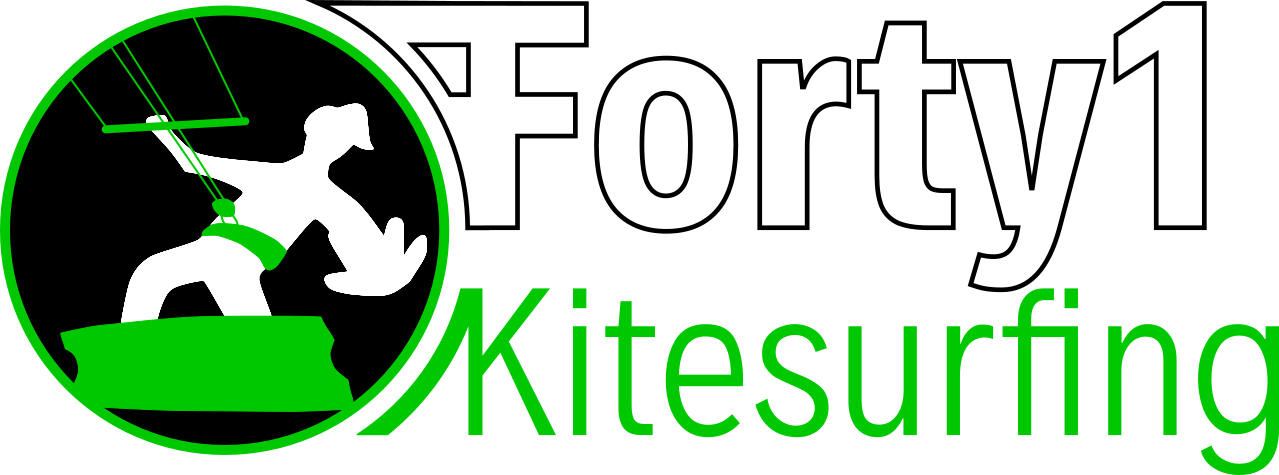3D printing technology is becoming ever more accessible, it is a fantastic tool that allow us to bring ideas to life. With printers than can be easily setup in an office, you no longer need to go to a specialist company for your prototypes, and this is only going to get easier, with more reliable technology and materials.
Conventional hydrofoils use carbon fibre cloth to ensure the product is stiff enough. Carbon Fibre is a fantastic light and stiff material, however it is very time consuming to make products this way. I want to make mine out of more conventional materials, allowing me greater flexibility for manufacturing and material choice. If I can make my design strong enough with 3D printed parts, then it will be strong enough when it is moulded. There are some key points to consider even when 3D printing, one of the main ones is the print orientation, as the part is more likely to split between print layers.
Plus, due to print size limitations, larger parts need to be printed in sections and fused together. Consideration needs to be given as to how best to interlock these to avoid creating weak points.
So, how do I make this possible? Firstly, by supporting our hydrofoil at either end, we can reduce the stress and displacement seen on the foil, effectively we are creating a bridge, albeit an upside down one.
The 'mast' sections are quite key, as they are long levers on each side and because we want to keep them narrow, we use steel inserts for strength. When we go to production, we will use high grade stainless steel, but for the prototypes, with cost and lead time being a factor, we can make use with just steel and give them a good rinse after a session to limit the amount of corrosion meanwhile.
It is important to consider where the load reacts in the part. By carefully observing how a component deflects in Finite Element Analysis, I can see what areas would benefit from extra support and distribute the load into other components, as well as considering how to avoid twisting and identifying any necking on key components.
Finally, never underestimate a good rounded corner! Avoiding sharp edges is important to avoid high stress concentrations in these areas. Ever wonder why the aeroplane windows are so curved?
It's absolutely fantastic to be able to design, print and then take the design out on the water for live testing!
James Crook
Founder and Managing Director Forty1 Kitesurfing





